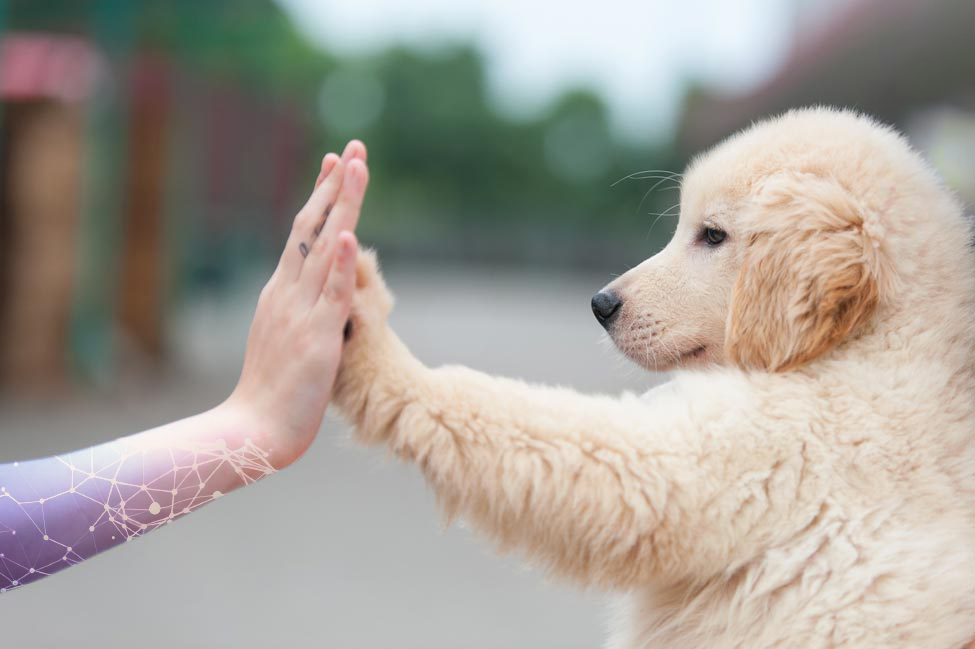Establishing the Gold Standard: Comparing Veterinary Radiologists to Pet Radiology AI
These days, providing our pets with the most state-of-the-art veterinary care is more attainable than ever. Between identifying a swallowed stray...
This blog post is based on an article by Avi Avner, a radiologist with over 15 years of experience in veterinary diagnostic imaging. Avi, a freelance specialist at Knowledge Farm Imaging Specialist in Zikron Yaakov, Israel, is dedicated to animal welfare and medical innovation.

Today, we delve into the transformative role of artificial intelligence (AI) in veterinary radiology. AI has been driving a technological revolution in veterinary care, significantly reshaping the field. As of late 2023, AI’s influence has expanded across various professions, creating both excitement and concern among traditional practitioners.
The crucial question is: Should we fear AI in veterinary radiology or embrace its full potential? To explore this, we review a groundbreaking study by Dr. Ford Tobias Schwartz from the University of Edinburgh’s Royal School of Veterinary Studies. Dr. Schwartz and his team examined how AI can complement rather than replace experienced veterinary radiologists.
AI is designed to support and enhance veterinary work, not replace it. I have witnessed firsthand how AI technology alleviates the workload for veterinary teams, offers reassurance, lowers costs, and improves the speed and accuracy of care.
Dr. Daniel Levinson, a licensed veterinarian and owner of two small animal hospitals in Albuquerque, New Mexico, highlights AI’s potential to boost efficiency and quality of care. Veterinary radiologists often face urgent, critical cases, and while the system is far from perfect, AI can be a valuable asset, particularly for clinics that are understaffed or lack a dedicated radiology expert.
Dr. Levinson points out that a swift report or a second opinion from AI can significantly impact patient care. AI also provides advanced technology for accurate and timely results, which is crucial for animal health. Dr. Schwartz’s study compared radiological interpretations by experienced veterinary radiologists with those of AI software. The findings revealed that AI performed as well as, or even surpassed, several radiologists in many cases, especially in detecting clear abnormalities and offering second opinions on ambiguous results.
However, AI is not infallible and should not replace human expertise. Instead, it acts as an ally in thoroughly reviewing complex cases. Future research should also evaluate AI’s ability to analyze medical histories and compare radiographic results in a holistic manner.
As AI technology evolves and learns from its users, its potential for significant advancements in veterinary care becomes increasingly apparent. AI is setting new standards in veterinary medicine, helping veterinarians worldwide achieve the most accurate results possible.
We hope this post offers valuable insights into how AI can revolutionize veterinary radiology and enhance animal care.
Thank you for reading. Until next time, take care of your furry friends and continue exploring exciting developments in veterinary medicine.
PetScan specializes in advanced imaging diagnostics for dogs and cats, partnering with innovative entities to revolutionize veterinary medicine through cutting-edge technology. Our primary goal is to enhance animal health and simplify veterinarians' work with user-friendly tools and solutions.

These days, providing our pets with the most state-of-the-art veterinary care is more attainable than ever. Between identifying a swallowed stray...

Artificial Intelligence in Veterinary Medicine: Transforming Diagnostics and Treatment Artificial intelligence (AI) holds the power to revolutionize...
